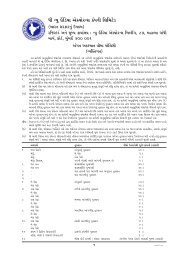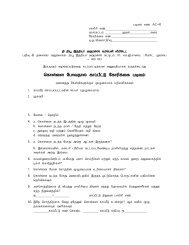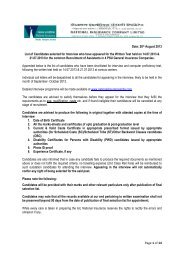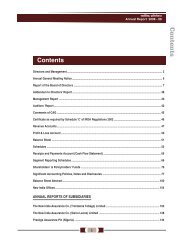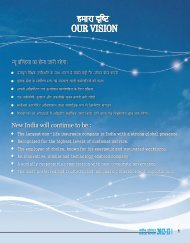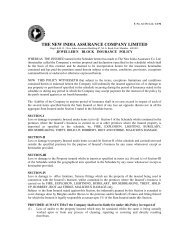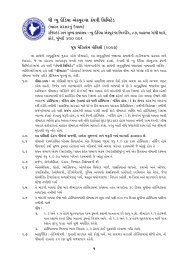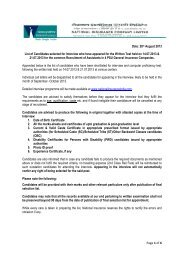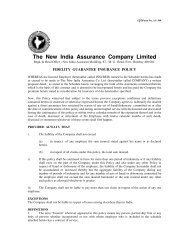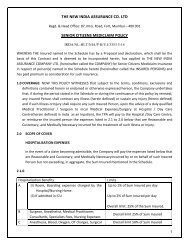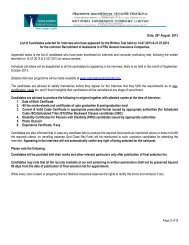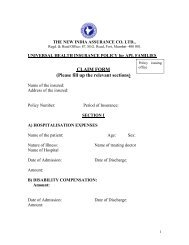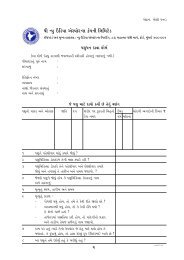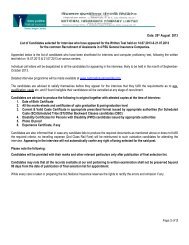Property_Manu - Final - The New India Assurance Co. Ltd.
Property_Manu - Final - The New India Assurance Co. Ltd.
Property_Manu - Final - The New India Assurance Co. Ltd.
Create successful ePaper yourself
Turn your PDF publications into a flip-book with our unique Google optimized e-Paper software.
<strong>The</strong> <strong>New</strong> <strong>India</strong> <strong>Assurance</strong> <strong>Co</strong>.<strong>Ltd</strong>.evidentiary value of Insurance Certificates stored in the electronic format, are as follows:“22A. When oral admission as to contents of electronic records are relevant. –Oral admissions as to the contents of electronic records are not relevant, unless thegenuineness of the electronic record produced is in question.”“45A. Opinion of Examiner of Electronic Evidence. – When in a proceeding, the courthas to form an opinion on any matter relating to any information transmitted or stored inany computer resource or any other electronic or digital form, the opinion of the Examinerof Electronic Evidence referred to in Section 79-A of the Information Technology Act,2000 (21 of 2000) is a relevant fact.Explanation. – For the purposes of this section, an Examiner of Electronic Evidenceshall be an expert.”“131. Production of documents or electronic records which another person, havingpossession, could refuse to produce. – No one shall be compelled to producedocuments in his possession or electronic records under his control, which any otherperson would be entitled to refuse to produce if they were in his possession or control,unless such last-mentioned person consents to their production.”B. INTERPRETATIONOn a perusal of the law extracted above, the following position emerges:· Information stored in the electronic format and produced in court, has the same evidentiaryvalue and a presumption of being correct and true as a paper document produced fromthe custody of and by a person, in whose custody it should be in the natural course ofevents. (Secs.4, 6 and 11 of the Information Technology Act and Sec. 22A of the EvidenceAct, 1872);· Paper documents are validated by affixing signatures. <strong>The</strong> law provides for affixing digitalsignatures, which also raise the same presumption of correctness and truth as a signedand validated paper document (Secs.5 and 14 and Rules 3 and 4 of <strong>The</strong> InformationTechnology (Securities Procedure) Rules, 2004);· However, in the case of the use of digital signatures, certain norms are stipulated, whichif adhered to raise the presumption that such a document which is produced is correctand true. <strong>The</strong>se norms include those that govern the use of records and signatures inthe electronic format by the Government and its agencies (Sec. 6), delivery of such recordsetc. in the electronic format by the Government and such agencies (Sec. 6A) and that thesignature criterion data, was produced from the custody of the authorised person at thetime of affixing such signature, and that it at all times is stored under the exclusive controlof such signatory and no one else (Sec. 15);MANUAL ON PROPERTY95



